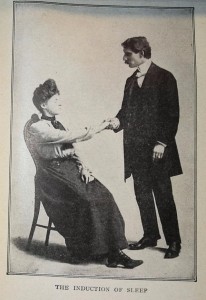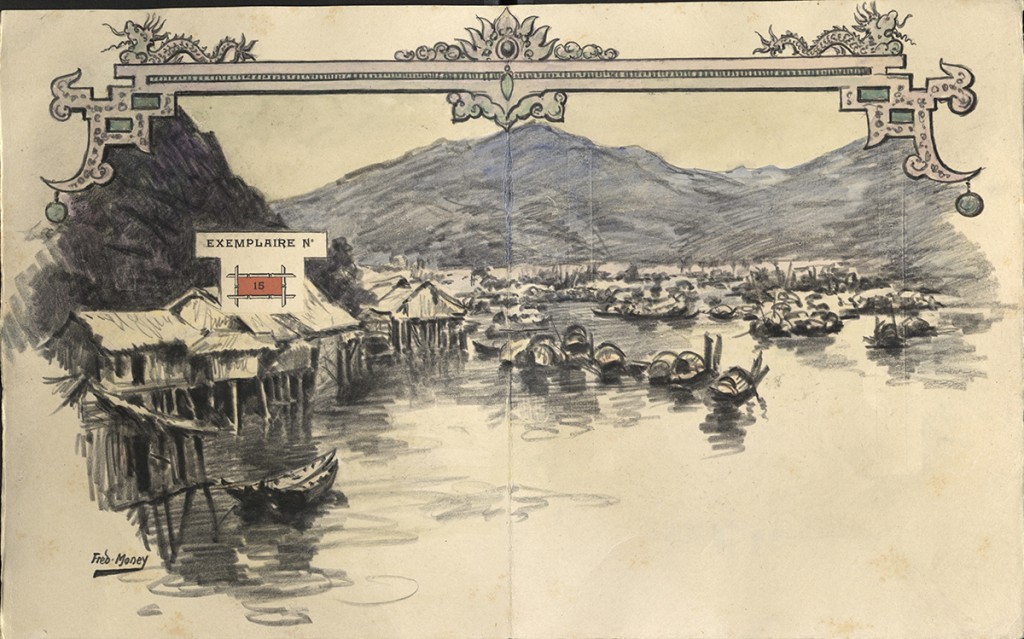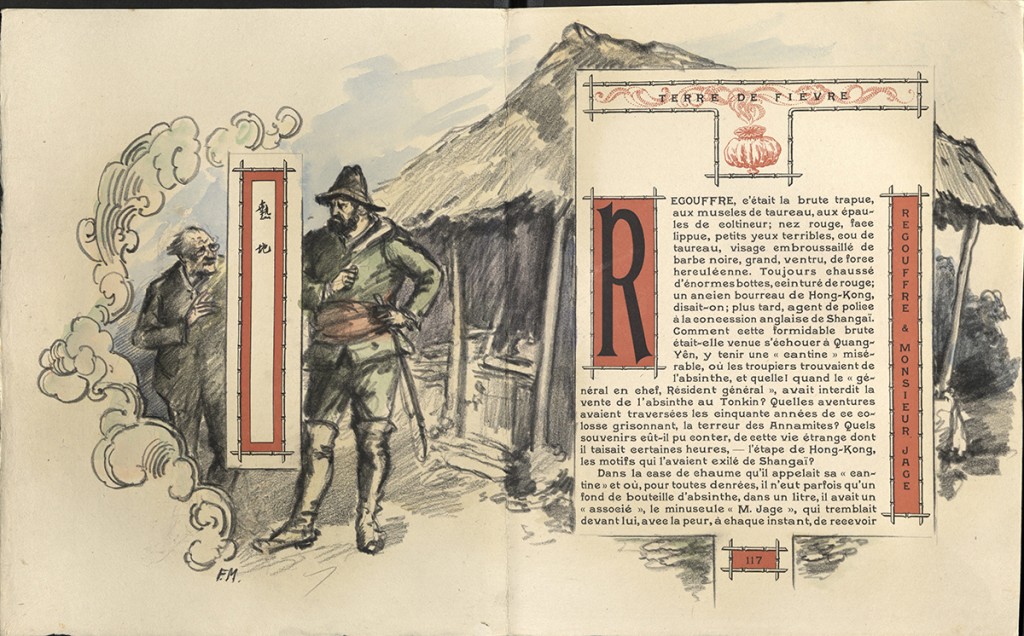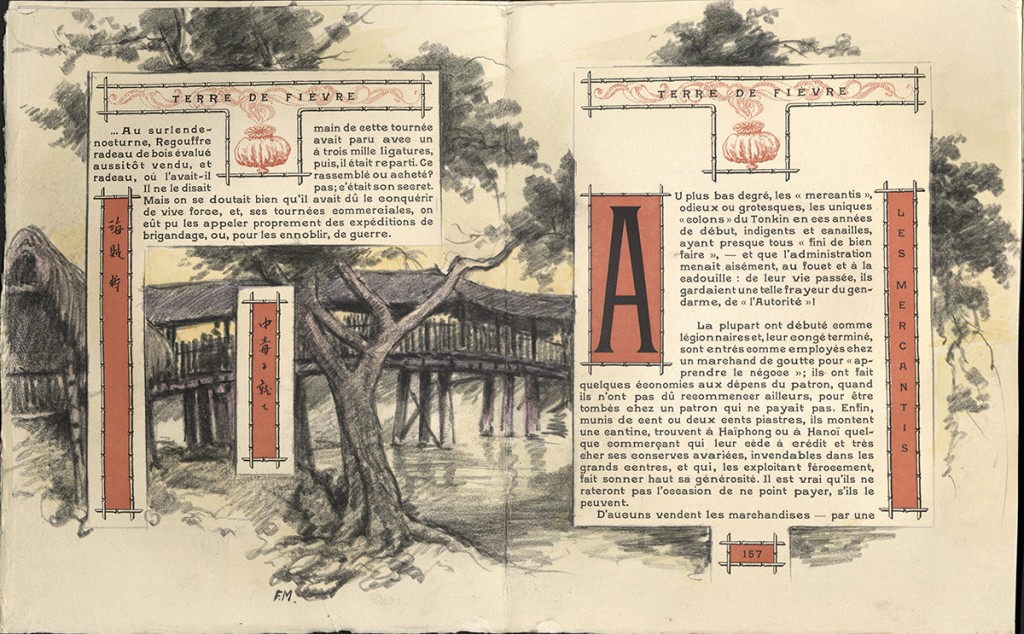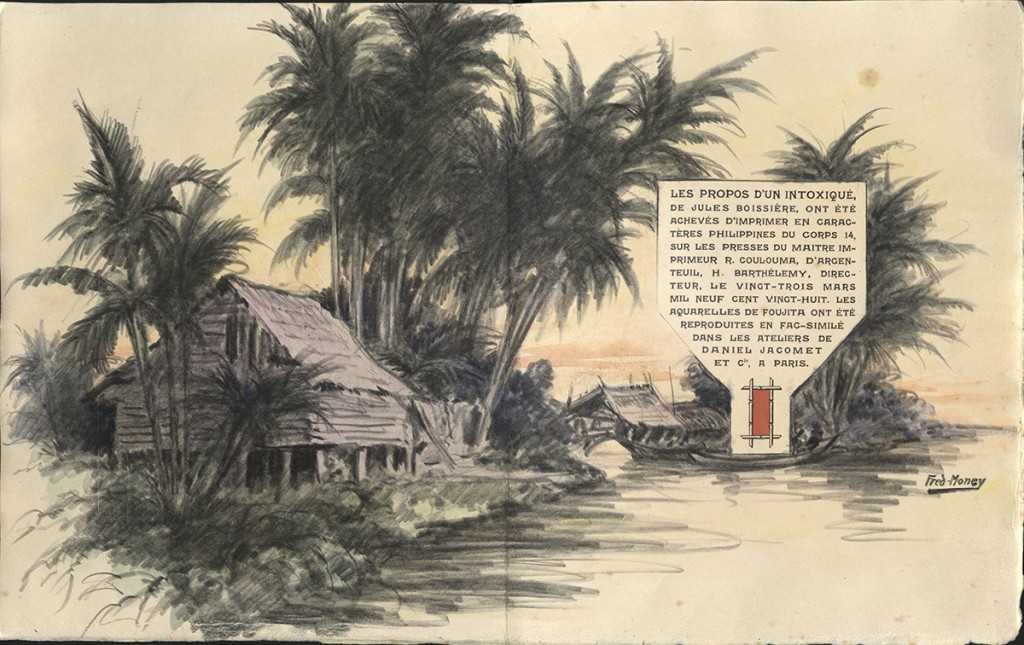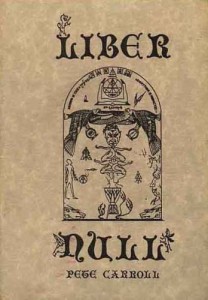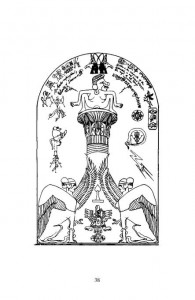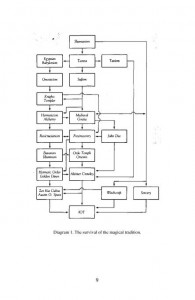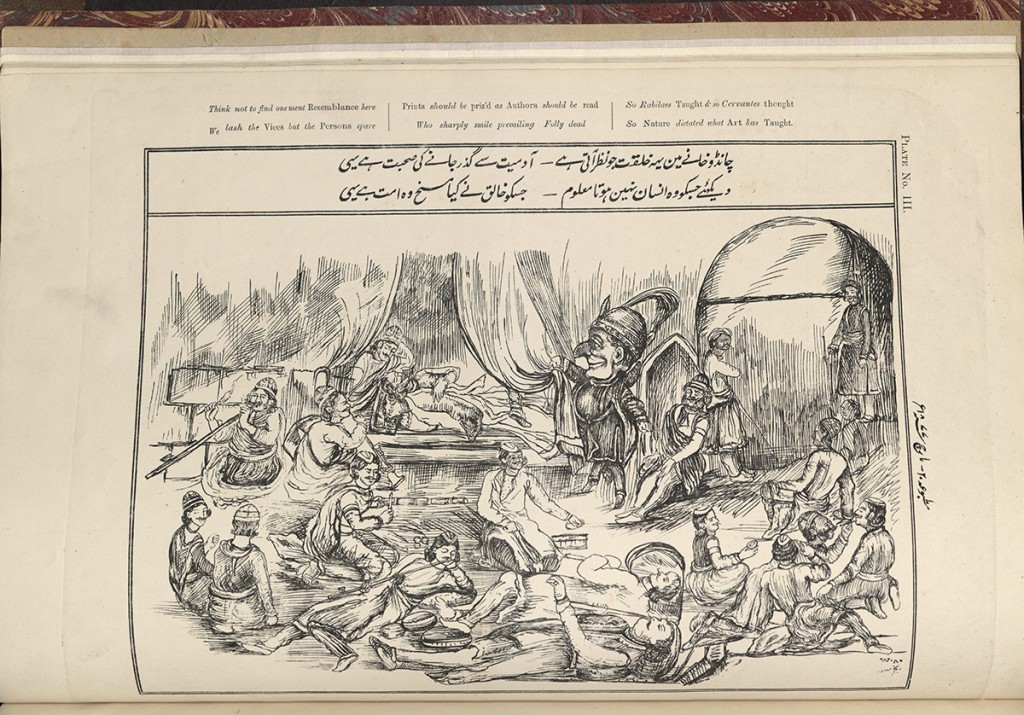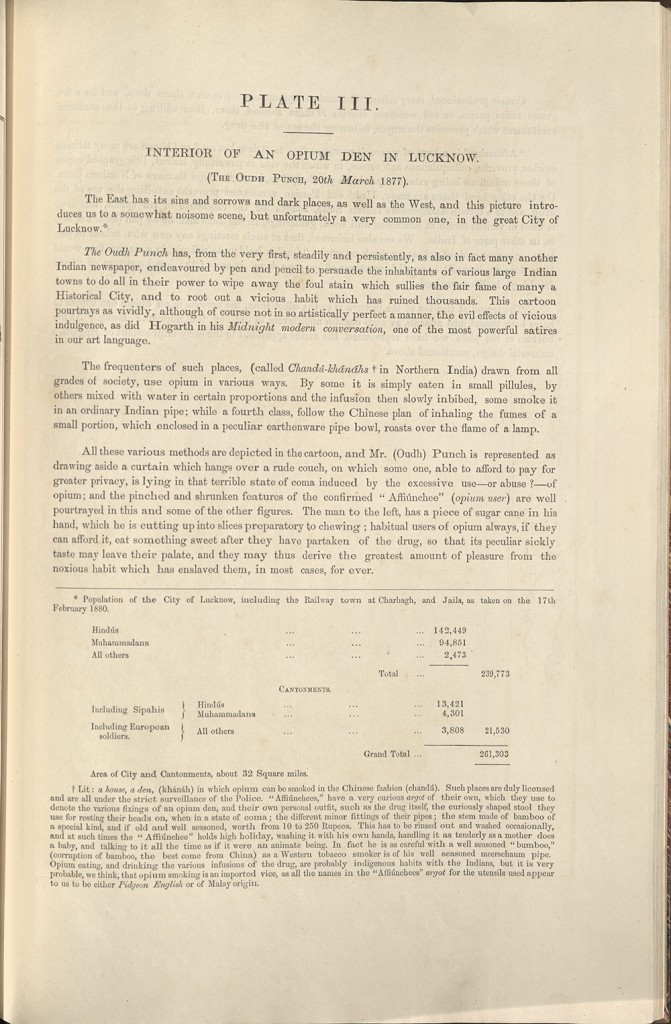Would Don Draper have done enamel sign advertising?
Mar 5th, 2015 by adharris
This post is part of an ongoing series featuring items from the newly acquired Julio Mario Santo Domingo Collection.
If you have been reading this blog consistently then you probably know that we never quite know what we might come across as we unpack a box from this collection. A case in point would be this volume Email & pub by Pascal Courault and François Bertin. Published around 1993 it charts the history of a hundred years of French enamel plate sign advertising. The book actually has an enamel plate attached to the cover with the title mimicking the advertising for the French “bouillon kub.”
I have to say I am kind of charmed by the enamel sign advertising probably because it seems like a throwback in this age dominated by digital advertising. Below are a few of my favorites.
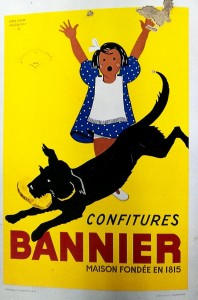 First we have a vintage French jam ad on an enamel sign from Confitures Bannier. Apparently in the late 1800s and early 1900s aspiring artists would often create these signs to supplement their incomes. Which explains why many of the signs show a high level of artistic skill, not often synonymous with contemporary advertising. Throughout the book there were a number of products that seemed to dominate this advertising space including chocolates, milk, cheese, and of course beer!
First we have a vintage French jam ad on an enamel sign from Confitures Bannier. Apparently in the late 1800s and early 1900s aspiring artists would often create these signs to supplement their incomes. Which explains why many of the signs show a high level of artistic skill, not often synonymous with contemporary advertising. Throughout the book there were a number of products that seemed to dominate this advertising space including chocolates, milk, cheese, and of course beer!
The three beer signs below are from 1925, 1950, and 1930. La Perle Biere or Pearl Beer was first put into production in 1882 by Pierre Hoeffel and it continued until the 1970s when it ceased production of beer. However in 2009 the great, great grandson of Hoeffel, Christian Artzner, revived the family tradition and Perle is currently brewing beer to this day.

Patent medicines and other medicinal products were also a large market for these signs as we can see for Pastilles Madon. It appears to be a type of cough drop remedy that was quite effective… at least according to the sign which states the gentleman’s cough was “gone within hours!”
To learn more about the rise and….spoiler alert! the decline of enamel sign advertising you can find this volume in the Fine Arts Library’s collection.
Email & pub / Pascal Courault, François Bertin. Rennes : Editions Ouest-France, [1993]. NK6511.S53 C68 1993.
Thanks to Alison Harris, Santo Domingo Project Manager, for contributing this post.
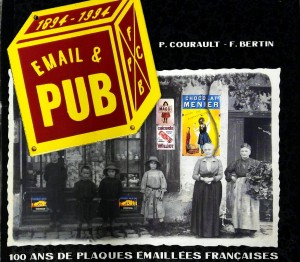
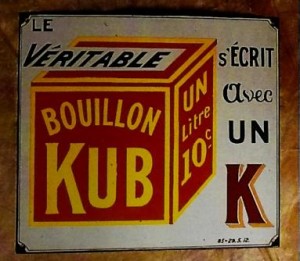



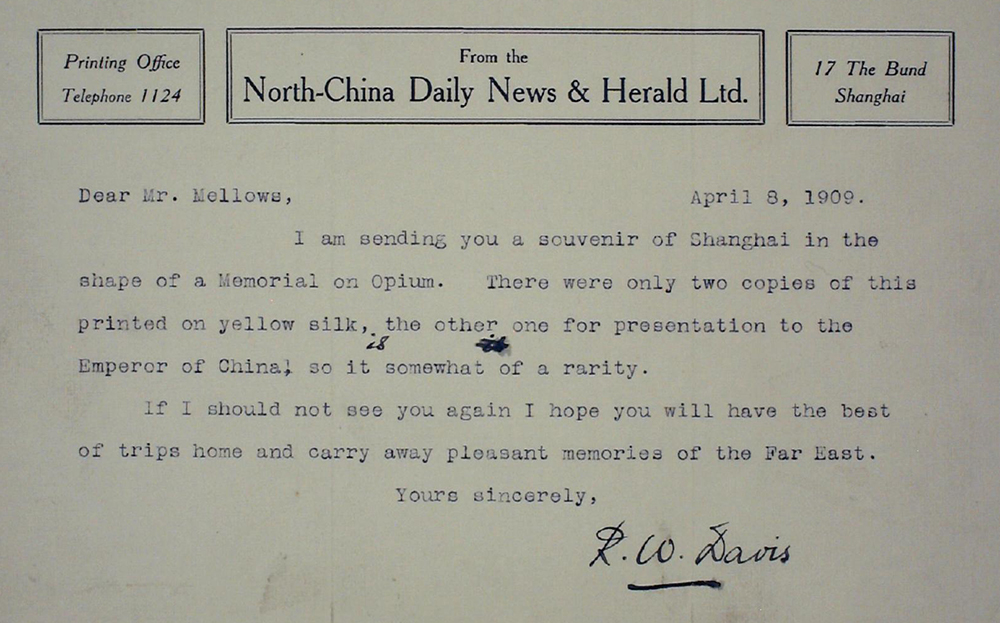

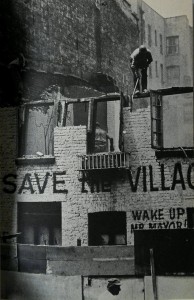
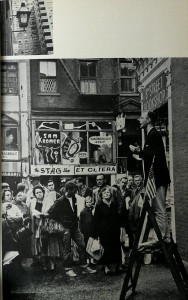
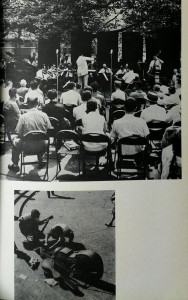
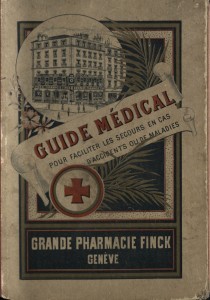
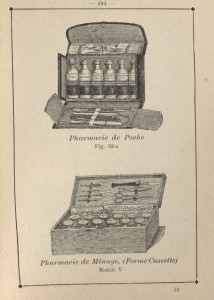

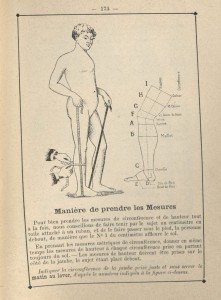

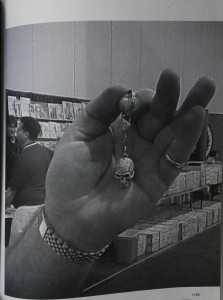

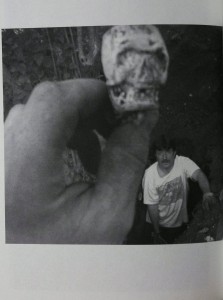


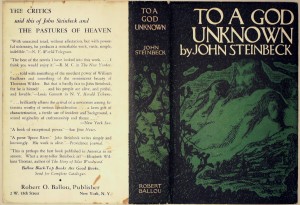
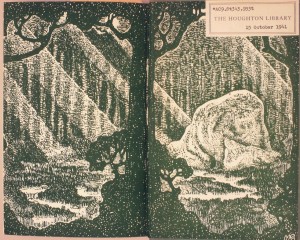
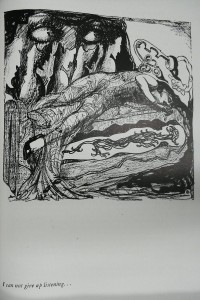


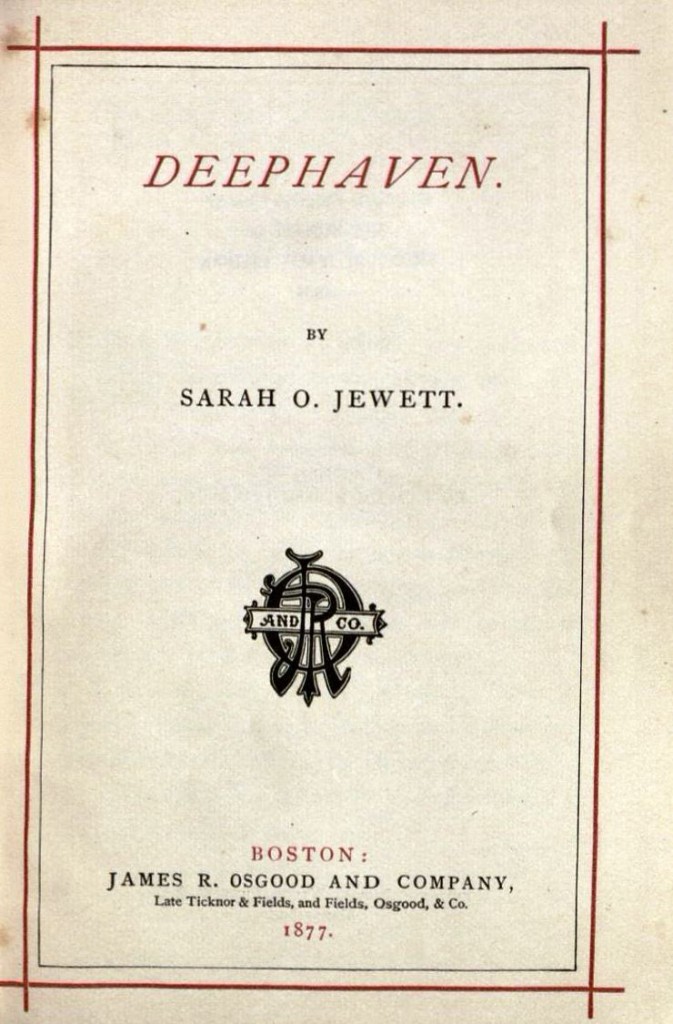


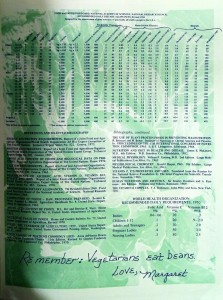

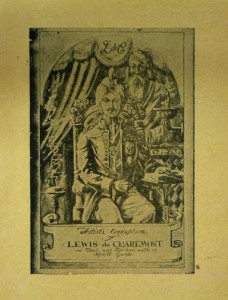
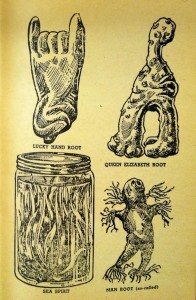

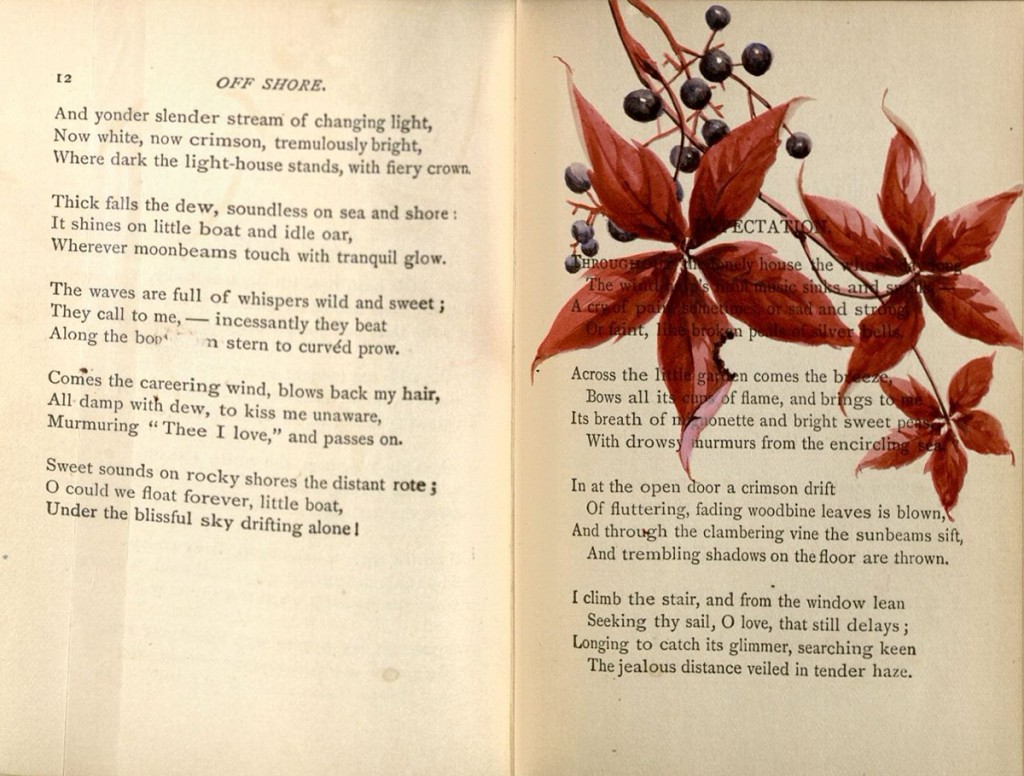
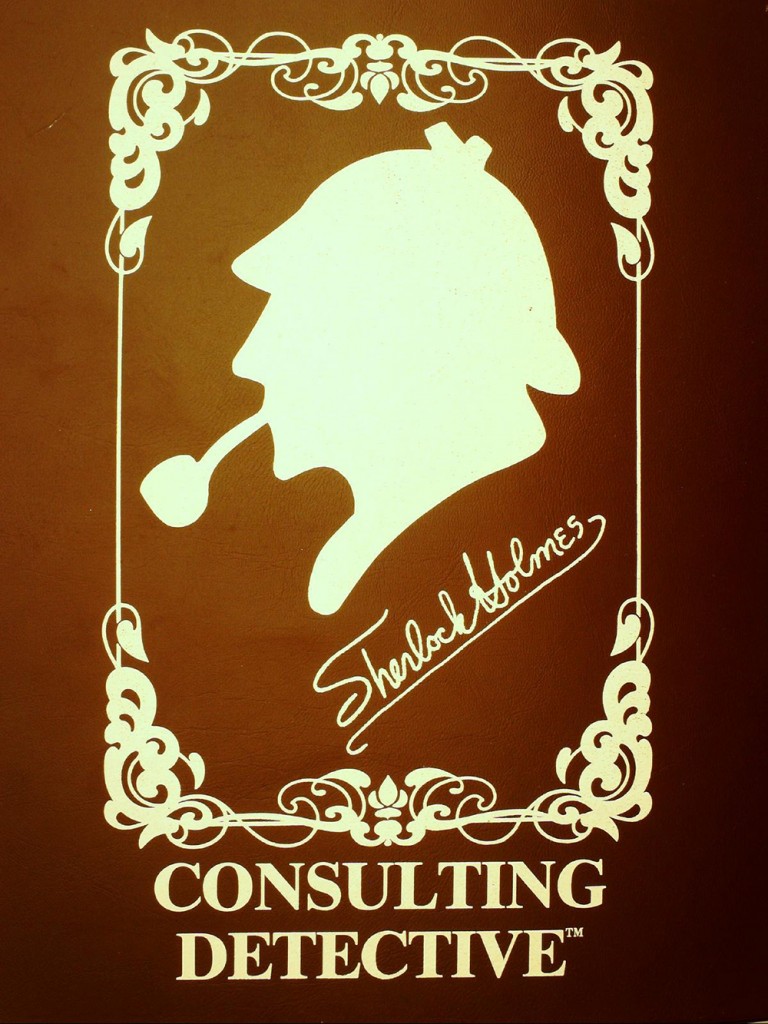
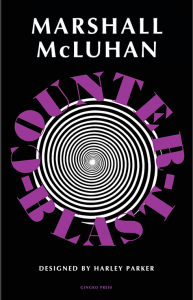

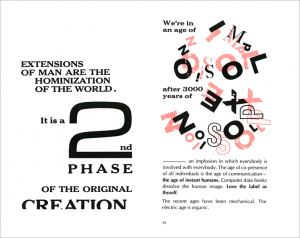
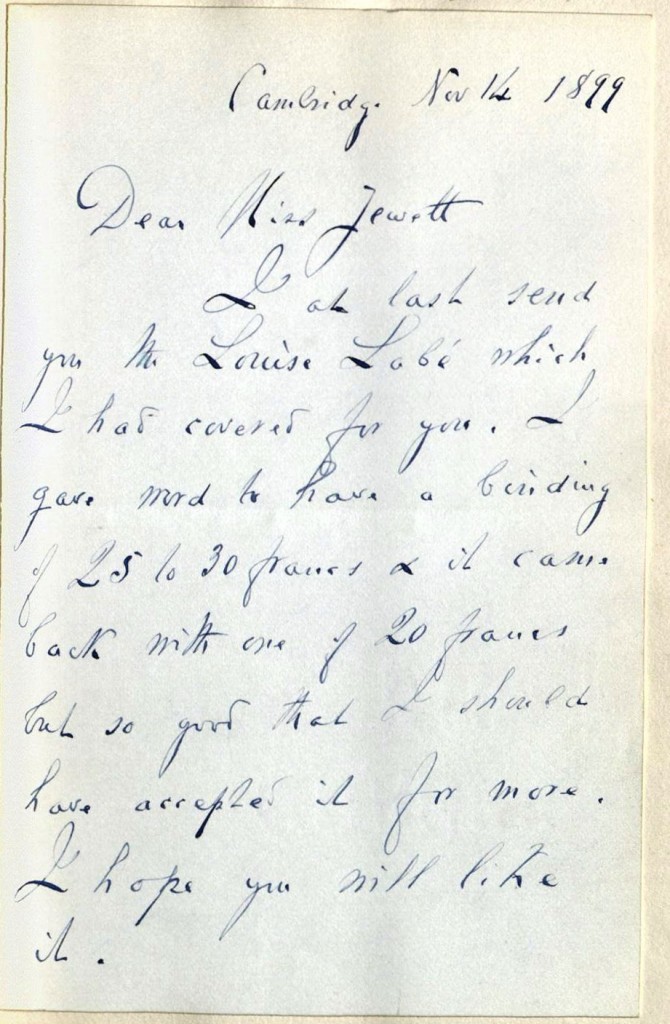
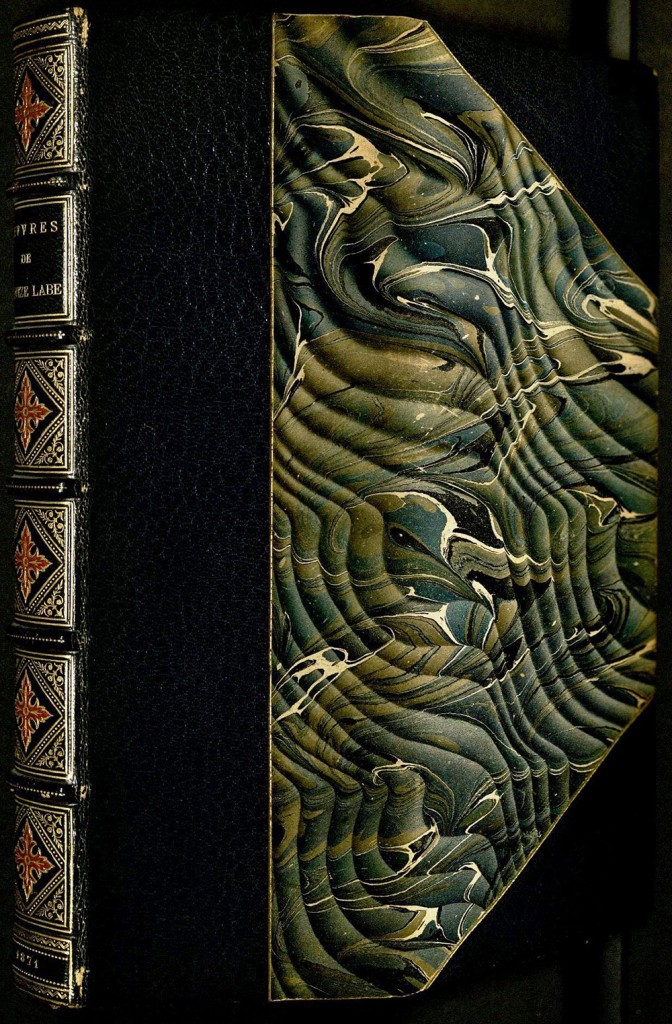

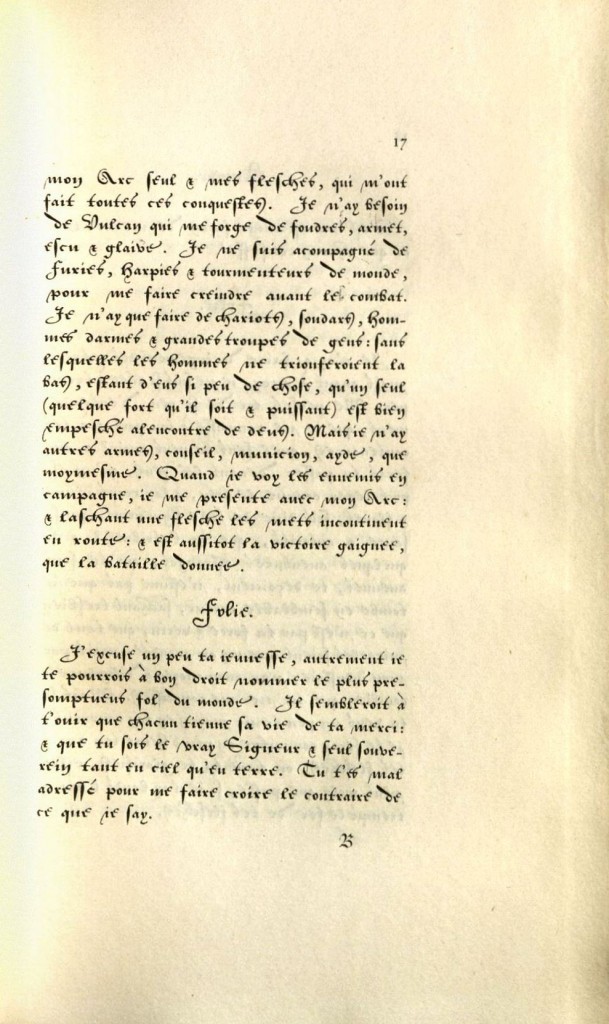
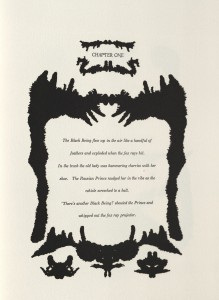

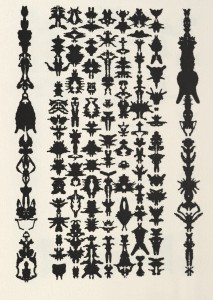




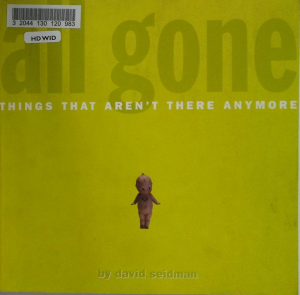
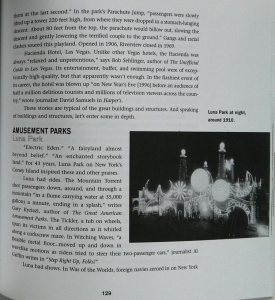

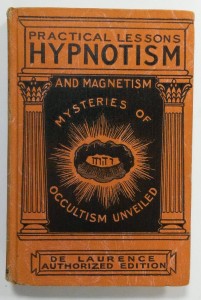
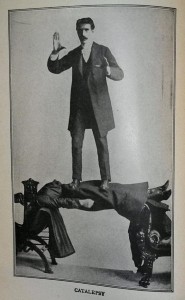 world of spiritualism and occult. His publication of The Key to the Tarot: Oracles Behind the Veil was a blatant almost word for word plagiarism of Arthur Edward Waite’s
world of spiritualism and occult. His publication of The Key to the Tarot: Oracles Behind the Veil was a blatant almost word for word plagiarism of Arthur Edward Waite’s